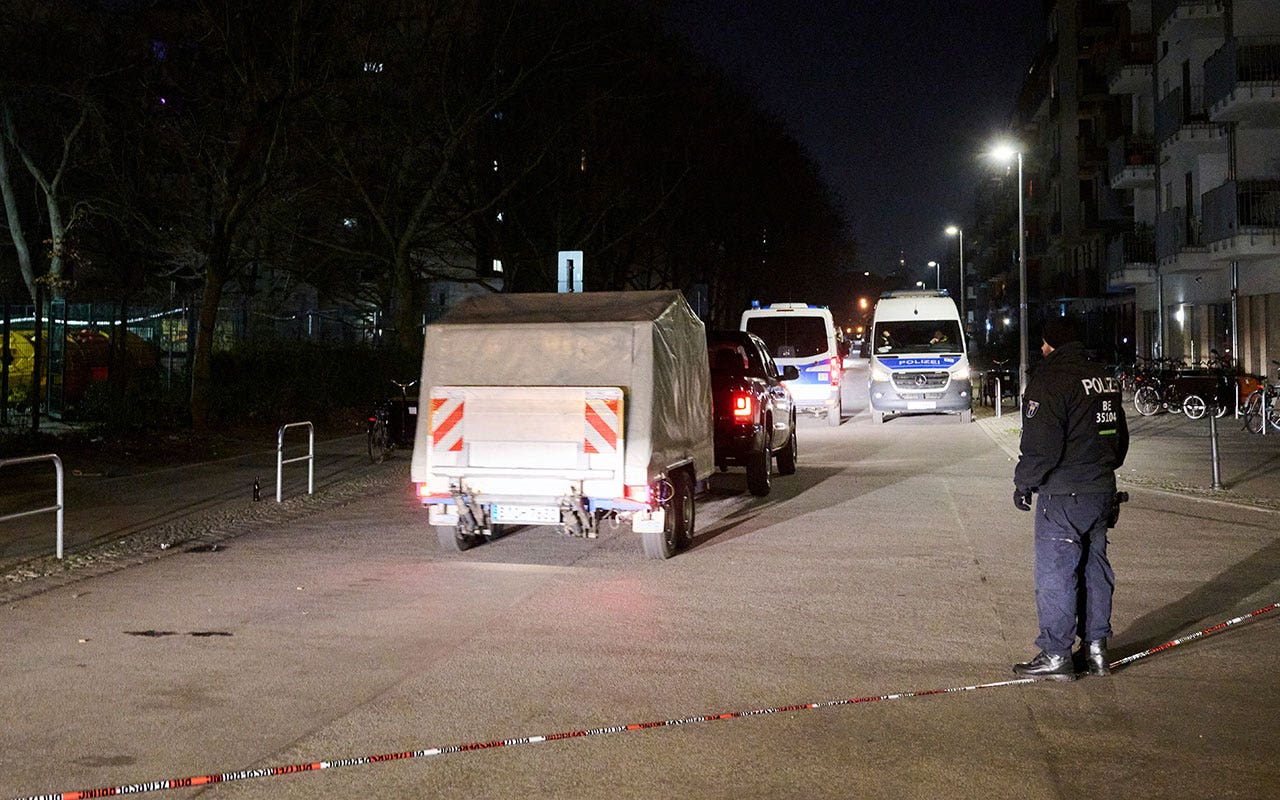The U.N. Security Council on Monday endorsed a cease-fire plan for the Gaza Strip that is backed by the United States, adding weight to an international effort to end the eight-month war. Neither Israel nor Hamas has publicly accepted the plan, but Secretary of State Antony J. Blinken on Tuesday held talks in the region to press for its adoption.
Here’s a look at how the cease-fire would work, and at some of the areas of dispute between the warring parties.
What is in the plan?
The plan would unfold in three phases.
Under phase one, there would be a six-week cease-fire and the release of hostages who are older or wounded, or who are women, as well as the return of the remains of some people who died in Gaza while in captivity. In exchange, Palestinian prisoners would be released from Israeli jails.
Israeli forces would withdraw from populated areas of Gaza, and more humanitarian aid would be distributed in the enclave. Civilians, most of whom have been displaced, would be free to return to their homes, including in northern Gaza, an area devastated by Israeli airstrikes and fighting.
As all of this happens, talks over a permanent cease-fire would continue, with the goal of reaching phase two: the full withdrawal of Israel’s military, the return of all hostages and the freeing of more Palestinian prisoners.
In phase three, the bodies of all the remaining hostages who had died would be returned to Israel, and the reconstruction of Gaza would begin.
Crucially, the cease-fire would be extended after the initial six weeks if no agreement on phase two had been reached, according to a report of the Security Council’s proceedings on the website of the United Nations. In this way, the plan could, in theory, lead to an end to hostilities.
What did the Security Council call for?
The resolution passed by the Security Council urges both Israel and Hamas to fully implement the terms of the plan “without delay and without condition.” It summarizes the plan and puts an emphasis on the provision that “if negotiations take longer than six weeks for phase one, the cease-fire will continue as long as negotiations continue.”
The council alone can’t force anyone to adopt the plan, and the United Nations is not involved in the cease-fire talks. But the passage of the resolution — 14 members of the council approved it, and one abstained — increases pressure on both sides to make a deal and potentially strengthens Washington’s hand.
What are Israel’s concerns?
Many details of the plan remain unresolved, not least the length of the cease-fire and the future role of Hamas.
Prime Minister Benjamin Netanyahu has said repeatedly that Israel will fight until Hamas’s governing and military capabilities are destroyed. An Israeli government official on Tuesday appeared to offer a cautious welcome to the proposal, saying it would enable the government to achieve its ends.
“Israel will not end the war before achieving all its war objectives,” the official said, adding that these include eliminating Hamas and ensuring that Gaza cannot threaten Israel.
Talks over phases two and three of the plan would, as laid out, appear to involve Hamas. This implies that the armed group would retain some measure of control in Gaza, something Mr. Netanyahu says is a red line. He has also ruled out a governing role for the Palestinian Authority, a fierce Hamas rival that has limited governing powers in the Israeli-occupied West Bank.
The Israeli prime minister is facing pressure from the United States and other allies to end the war, but two far-right partners in his governing coalition have threatened to bring down his government should Israel agree to a deal that would end the war without eliminating Hamas.
What does Hamas say?
Many Gazans say they are desperate for an end to the war, but analysts say that Hamas is not responsive to the wishes of the enclave’s civilians. Political experts say that the group’s leaders, including Yahya Sinwar, its top leader in Gaza, may be in no hurry to end the conflict. For one thing, they know that their leverage will diminish once they agree to release the hostages.
The group’s negotiators have said that they would not approve an agreement that does not provide for a permanent cease-fire, a total withdrawal of Israeli troops and a “serious and real deal” to exchange Palestinian prisoners for hostages.
A senior Hamas official, Husam Badran, said that the group had “dealt positively” with the new proposal despite “no clear and public stance” from the Israeli government. And he pushed back on Secretary of State Blinken’s statement that the onus of accepting the plan was on Hamas. Mr. Netanyahu is “the sole obstacle” to an agreement to end the war, Mr. Badran said in a text message.
What happens next?
In the immediate term, Mr. Blinken is pressing on with regional talks aimed at securing assent for the plan. On Wednesday he was set to go to Qatar, which has played a key role as a mediator.
So far it appears that both sides have seen value in offering tentative support to the proposal without definitively backing it and, at the same time, accusing the other side of dragging its feet.
A cease-fire could enable momentum to build toward an end to the war, but it appears unlikely that talks to reach phase two of the plan could be resolved quickly.
Adam Rasgon and Aaron Boxerman contributed reporting






